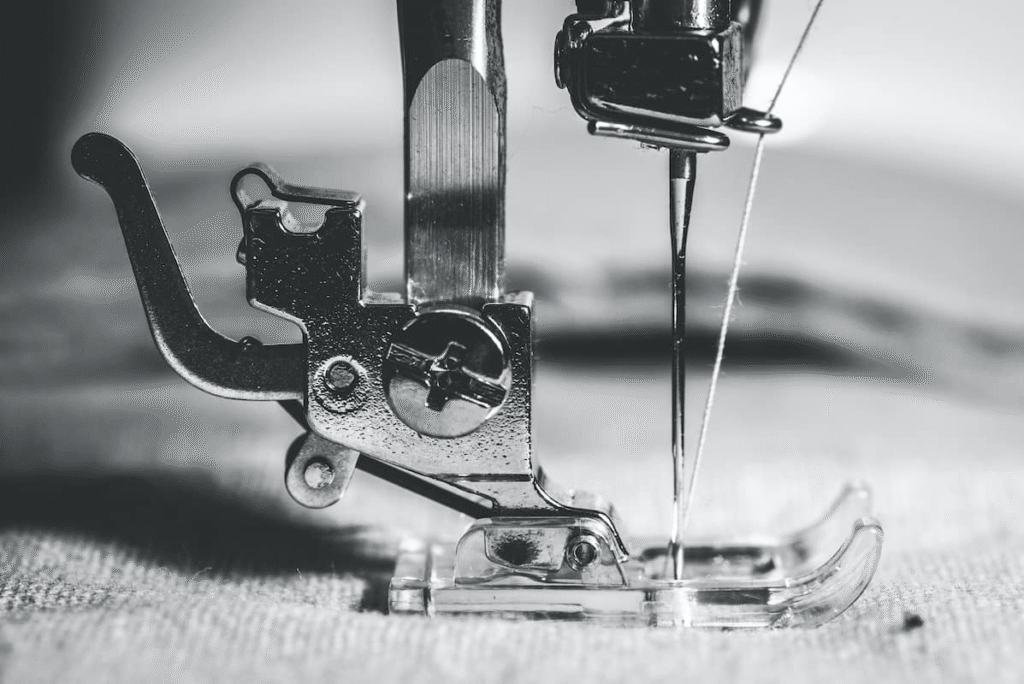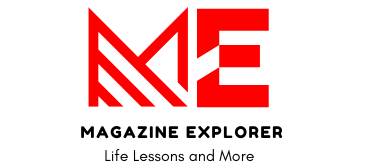
Selecting the right sewing machine can significantly impact your sewing experience and the quality of your projects. Whether you are a beginner just learning the basics or an advanced user tackling complex designs, understanding how to choose a sewing machine that matches your skill level and project needs is essential. This article will guide you through the key considerations to help you make an informed decision.
Assess Your Skill Level and Sewing Goals
Before purchasing a sewing machine, it is important to evaluate your current skill level. Beginners benefit from simpler models that focus on ease of use and essential functions, while intermediate and advanced sewists may require more sophisticated machines with additional features.
If you are new to sewing, a basic sewing machine that offers straightforward stitch options, easy threading, and user-friendly controls will allow you to learn without feeling overwhelmed. Intermediate users, who have mastered basic stitches, might look for machines with a greater variety of stitch types, buttonhole functions, and adjustable settings. Advanced sewists, often working on professional or intricate projects, will likely require these that support heavy fabrics, embroidery options, computerized controls, and higher stitch precision.
Understanding your sewing goals—whether you want to make clothes, home décor, quilts, or craft projects—will further help narrow down the type of sewing machine that suits your needs.
Consider the Types of Sewing Machines Available
There are several types of sewing machines on the market, each designed for different purposes and skill levels. Mechanical machines, which operate via manual dials and levers, are typically more affordable and easier to repair, making them ideal for beginners. They provide essential stitches without overwhelming features.
Electronic sewing machines add more functionality with push-button stitch selection, speed control, and sometimes digital displays. These machines suit intermediate users who want a balance of automation and control.
Computerized sewing machines offer the most advanced features, including programmable stitch patterns, automatic needle threading, embroidery capabilities, and touchscreens. They are designed for experienced sewists or those who want to invest in a versatile, high-performance machine.
Evaluate Features Relevant to Your Projects
When choosing a sewing machine, it is crucial to consider the features that will support your specific projects. The number of built-in stitches, stitch length and width adjustment, and the ability to sew buttonholes are basic functions that every sewing machine should have. However, additional features such as automatic needle threading, drop-in bobbins, and adjustable presser foot pressure can improve efficiency and ease of use.
If you plan to work with heavy or multiple layers of fabric, look for a sewing machine with a powerful motor and a sturdy build. For quilting enthusiasts, machines with an extended workspace or quilting foot attachments can be valuable. Those interested in decorative sewing or embroidery should seek machines with programmable patterns and embroidery modules.
Budget and Long-Term Investment
Sewing machines range widely in price, from affordable entry-level models to premium, feature-rich machines. While budget is an important consideration, investing in a reliable sewing machine with adequate features can save money and frustration in the long run. Cheaper machines may lack durability and limit your project options as your skills grow.
Research brands known for quality and customer support, and read reviews from other users who have similar skill levels and project needs. Warranty coverage and availability of replacement parts or accessories should also influence your choice.
Test the Sewing Machine Before Buying
Whenever possible, test the sewing machine before purchasing. This allows you to assess how comfortable the machine feels, how smoothly it runs, and how intuitive the controls are. Pay attention to the noise level and vibration, as a quieter, smoother machine can enhance your sewing experience.
If testing in-store is not feasible, look for video demonstrations and detailed product descriptions online. Many retailers also offer trial periods or return policies that provide some flexibility.
Conclusion
Choosing the best sewing machine for your skill level and projects requires careful consideration of your experience, project types, machine features, and budget. Beginners should prioritize ease of use and essential functions, while more advanced users can explore machines with greater versatility and automation. Evaluating the types of machines available and testing models before purchase ensures you select a sewing machine that will support your creativity and growth for years to come. With the right machine in hand, you can enjoy a rewarding and productive sewing journey.
